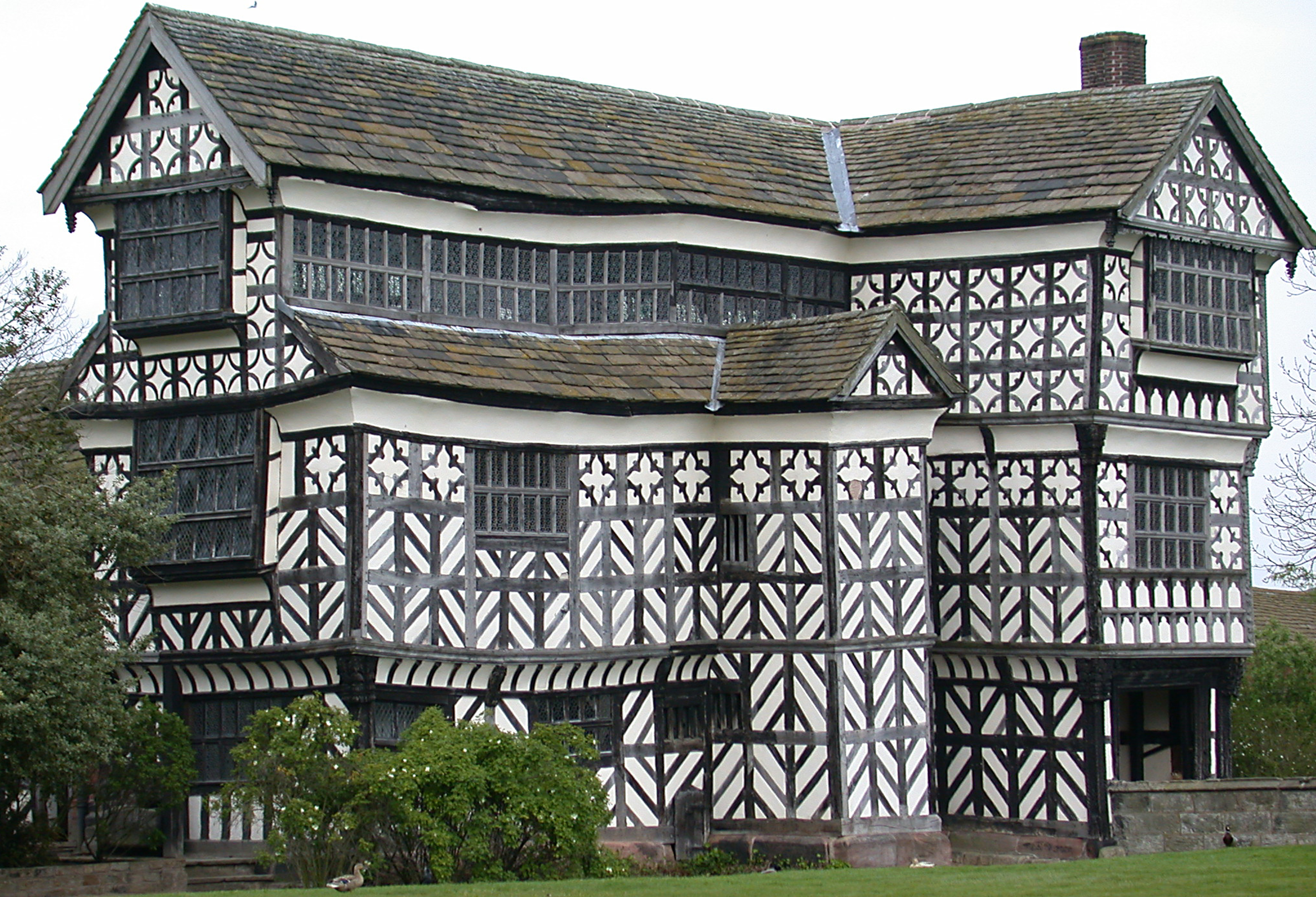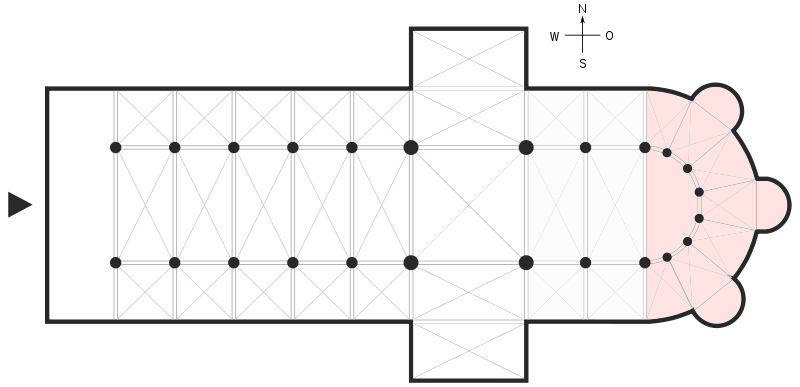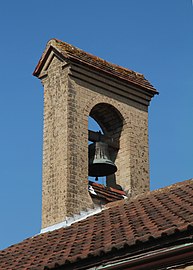St Gregory’s Church, in the village Small rural collection of buildings with a church. of Cropton, North Yorkshire, is an active Anglican parish church in the deanery of Northern Ryedale, the archdeaconry of Cleveland and the diocese of York. It is one of five churches in the beneficeOriginally used in feudal societies to describe a grant of land as a reward for services rendered. In modern usage it refers to a collection of parishes working together under a single incumbent. of Lastingham.[1] St Gregory’s is recorded in the National Heritage List for England as a designated Grade II listed building
Small rural collection of buildings with a church. of Cropton, North Yorkshire, is an active Anglican parish church in the deanery of Northern Ryedale, the archdeaconry of Cleveland and the diocese of York. It is one of five churches in the beneficeOriginally used in feudal societies to describe a grant of land as a reward for services rendered. In modern usage it refers to a collection of parishes working together under a single incumbent. of Lastingham.[1] St Gregory’s is recorded in the National Heritage List for England as a designated Grade II listed building Structure of particular architectural and/or historic interest deserving of special protection..[2]
Structure of particular architectural and/or historic interest deserving of special protection..[2]
The present-day Church of St Gregory was constructed between 1844 and 1855 to replace the original medieval church, which was destroyed by fire in 1840.[3] Designed by J. B. and W. Atkinson, it is in the Norman Revival style.[2][4] Formerly a chapel of ease Church subordinate to a parish church serving an area known as a chapelry, for the convenience of those parishioners who would find it difficult to attend services at the parish church. within the parish of Middleton, it became a new parish and a member of the United Benefice of Lastingham in 1986.[3]
Church subordinate to a parish church serving an area known as a chapelry, for the convenience of those parishioners who would find it difficult to attend services at the parish church. within the parish of Middleton, it became a new parish and a member of the United Benefice of Lastingham in 1986.[3]
Architecture
The church is built of limestone on a plinth, and has a slate roof. It consists of a nave Central part of a church, used by the laiety. and a chancel
Central part of a church, used by the laiety. and a chancel Part of a church containing the altar, used by the officiating clergy. with a polygonal apse
Part of a church containing the altar, used by the officiating clergy. with a polygonal apse Semicircular or polygonal termination of the chancel, which is typically situated at the eastern end of a Christian church. in one unit, a south porch and a north vestry
Semicircular or polygonal termination of the chancel, which is typically situated at the eastern end of a Christian church. in one unit, a south porch and a north vestry Room in Christian churches for the storage of liturgical vestments, sacred vessels and parish records.. On the west gable is a gabled bellcote
Room in Christian churches for the storage of liturgical vestments, sacred vessels and parish records.. On the west gable is a gabled bellcote Shelter containing one or more bells. containing two round-arched openings with moulded surrounds, a centre shaft with a scalloped capital, and a coved hood mould. The windows have round-arched heads, quoins
Shelter containing one or more bells. containing two round-arched openings with moulded surrounds, a centre shaft with a scalloped capital, and a coved hood mould. The windows have round-arched heads, quoins Any external angle or corner of a structure., and coved hood moulds. Inside the church is a 12th-century font.[2]
Any external angle or corner of a structure., and coved hood moulds. Inside the church is a 12th-century font.[2]



